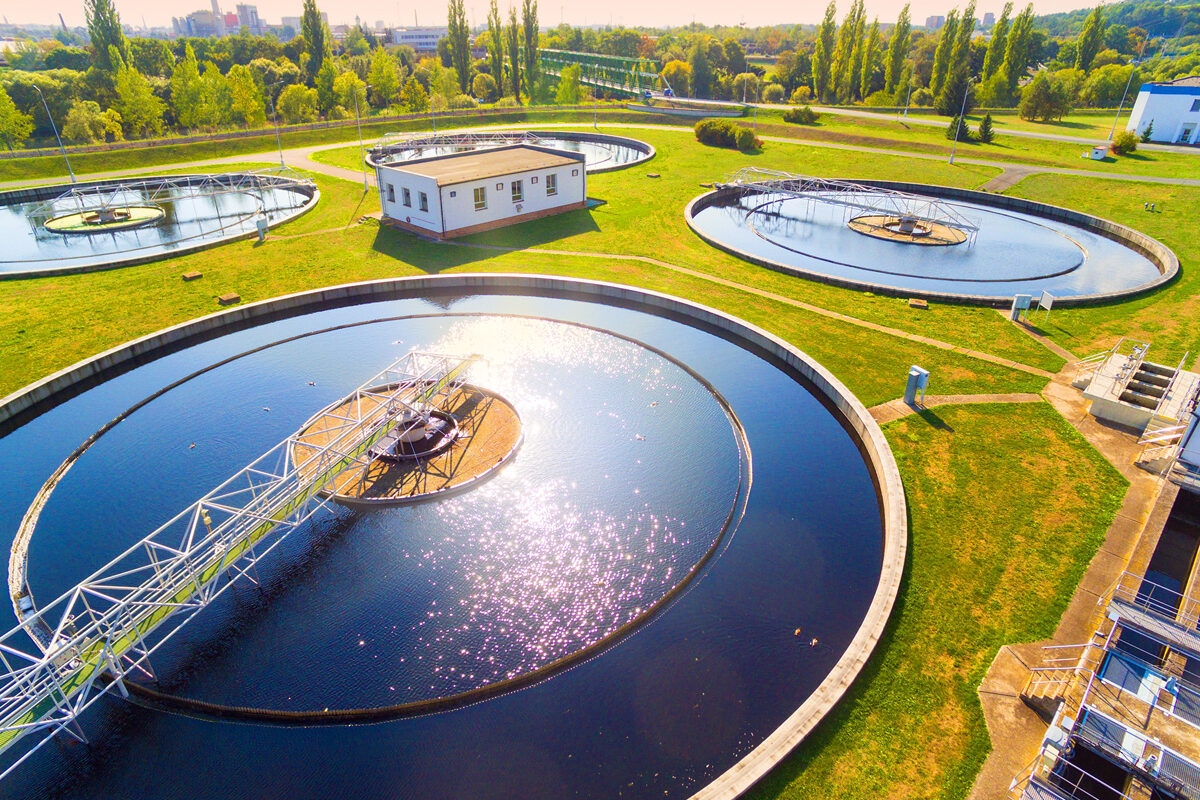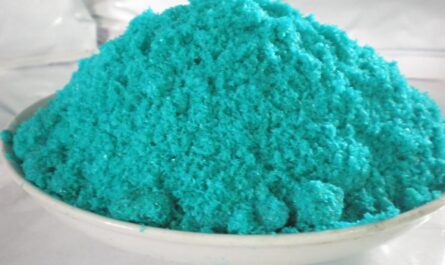Water is one of the most essential natural resources and a basic human need. With an increasing world population and changing climate, access to clean and potable water is becoming more important than ever. Water treatment chemicals play a vital role in ensuring safe and clean drinking water for communities around the world. Let’s take a deeper look at these treatment chemicals and their applications.
Coagulants and Flocculants
The first step in most water treatment processes involves the use of coagulants and flocculants. Coagulants like aluminum sulfate, ferric chloride and polyaluminum chloride work to neutralize negatively charged particles in raw water. This allows the particles to come together and form larger clumps or flocs. Flocculants such as synthetic polyacrylamides and natural guar gums then help bring these particles together and make them heavy enough to settle out by gravity during sedimentation.
Coagulants and flocculants are widely used in municipal water treatment plants to remove turbidity, organic matter, bacteria, viruses and other pathogens from source water. They play a vital role in clarifying water and reducing loads on downstream filtration and disinfection processes. The flocs formed during coagulation and flocculation make it much easier to filter out contaminants mechanically.
Disinfection Chemicals
Once water has been sufficiently clarified, disinfection chemicals are added to kill any remaining microorganisms and pathogens. The most common disinfectants used in water and waste water treatment chemicals are chlorine, chloramines and chlorine dioxide. Chlorine in the form of liquid chlorine, sodium hypochlorite or calcium hypochlorite is the predominant disinfectant used worldwide. It provides effective disinfection against bacteria and viruses but can form disinfection byproducts if high quantities are used.
Alternatives like chloramines are growing in popularity as they reduce disinfection byproduct formation. Chloramines are usually formed by adding ammonia during the chlorination process. Chlorine dioxide is another powerful disinfectant that leaves minimal organic byproducts. Ultraviolet radiation is also being used increasingly as a supplemental or alternative disinfection method. Proper disinfection is essential to eliminate health risks posed by waterborne pathogens.
Corrosion Control
Excessive corrosion of water distribution pipes can leach metals like lead into tap water posing health hazards. Corrosion control chemicals help form a protective layer inside pipes to minimize metal leaching. Common corrosion inhibitors used are orthophosphates, blended phosphates, silicates and carbonates. Orthophosphates have dominated the industry for decades as they form an impervious phosphate film very effectively.
Blended phosphates provide corrosion inhibition along with additional benefits. Silicates work by forming an amorphous silica layer while carbonates increase pH and alkalinity of water. Proper corrosion control maintains water quality right up to the consumer’s tap and prevents contamination by metals. It plays a critical role in maintaining compliance with regulatory standards.
Precipitation and Sequestration
For many surface waters, naturally occurring compounds like iron, manganese, hydrogen sulfide and carbonates often exceed regulatory limits and need to be removed. Chemical precipitation is used to convert these soluble species into insoluble precipitates that can be removed by filters or settling.
Common precipitation chemicals are lime for carbonates, aeration for hydrogen sulfide, and potassium permanganate or hydrogen peroxide for manganese oxidation. Sequestering agents like sodium hexametaphosphate are also used to prevent precipitation of calcium and magnesium that can cause scale formation in pipes. Careful control of precipitation reactions is important to maintain optimal water quality.
pH Adjustment and Alkalinity
Most water treatment processes require stable pH levels for maximum efficiency of chemical reactions. Lime or caustic soda (sodium hydroxide) is frequently used to raise pH during softening, disinfection or corrosion control. Carbon dioxide or dry acid like sulfuric or nitric acid is used to lower pH when needed.
Proper management of alkalinity, the ability of water to neutralize acids, is also important. Raw waters low in alkalinity/bicarbonate need supplemental alkalinity addition using chemicals like sodium bicarbonate for continued corrosion control downstream in the distribution system. Accurate pH and alkalinity adjustments are critical process controls for water treatment.
Sludge Conditioning and Dewatering Aids
The coagulation, softening and precipitation processes produce chemically laden sludges that require handling and disposal. Specific chemical polymers are used as sludge conditioners and dewatering aids. Conditioners like cationic polymers improve clarification and thickening properties.
Conditioned sludge can then be more effectively dewatered using anionic, nonionic or amphoteric polymers to produce drier sludge cakes. This results in reduced volumes, easier transport and less land requirement for disposal. Efficient sludge dewatering is important from environmental, operational and cost perspectives.
*Note:
- Source: Coherent Market Insights, Public sources, Desk research
- We have leveraged AI tools to mine information and compile it



